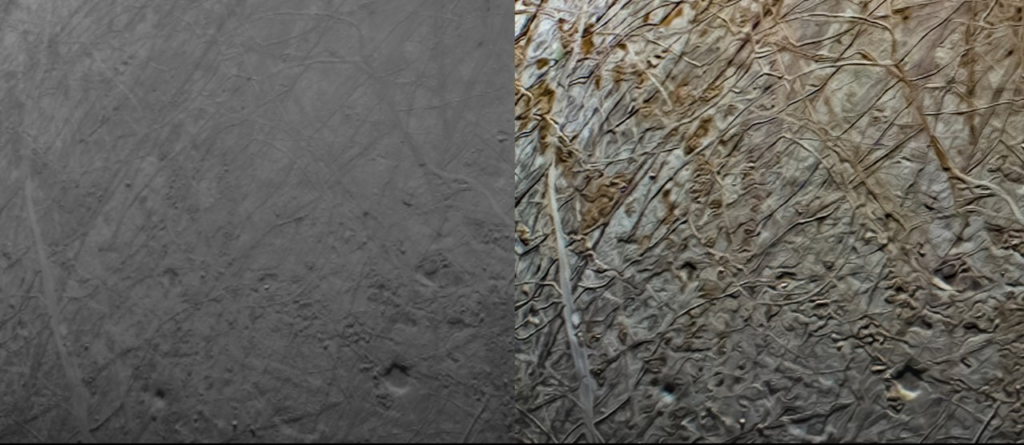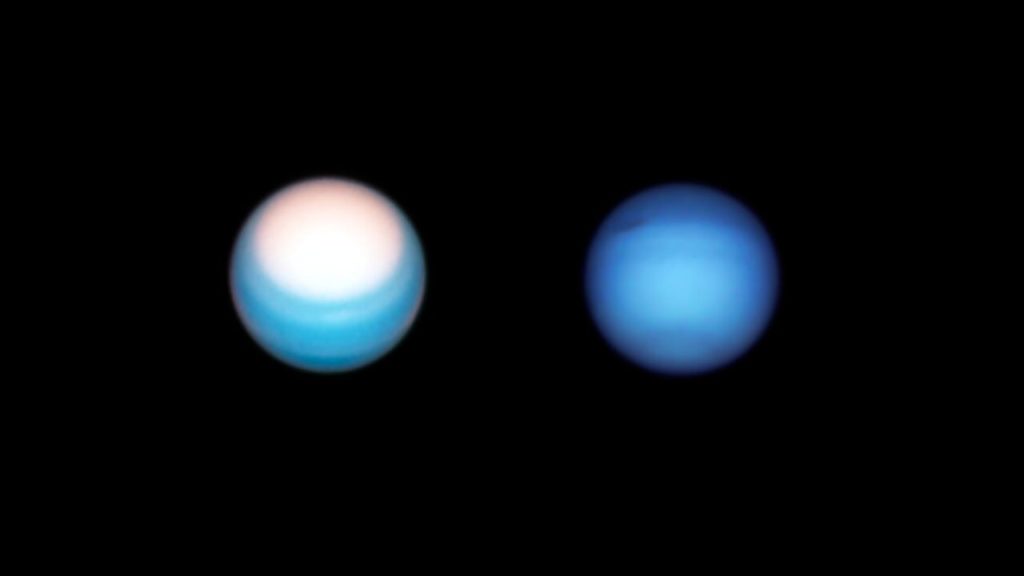Saturn’s moon Mimas may have a subocean
Astronomers discover enormous evidence that a geologically young ocean exists beneath the icy crust of Saturn’s moon Mimas. A French-led research team observed changes in Mimas’s orbit and rotation and reported that a hidden ocean 12 to 18 miles ( 20 to 30 kilometers) beneath the icy crust was more likely a prolonged rocky core. […]
Saturn’s moon Mimas may have a subocean Read More »





